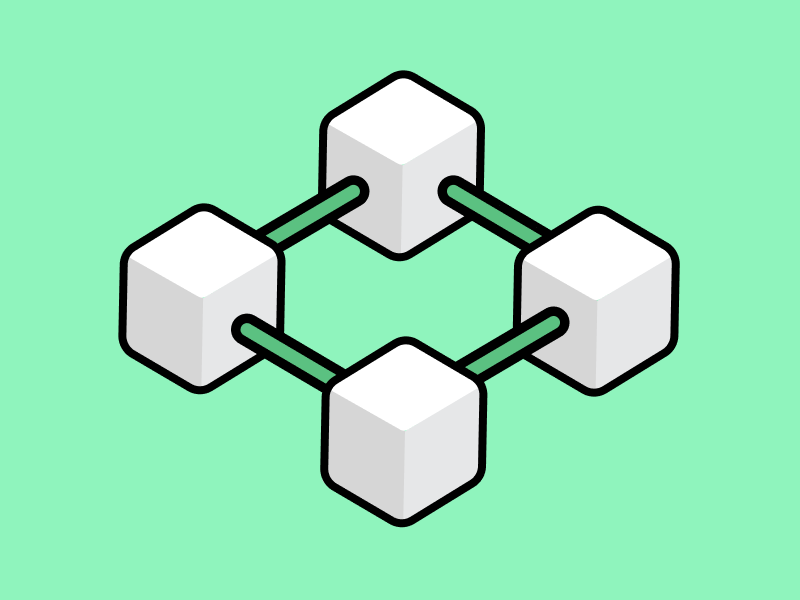What is Bitcoin and Blockchain?
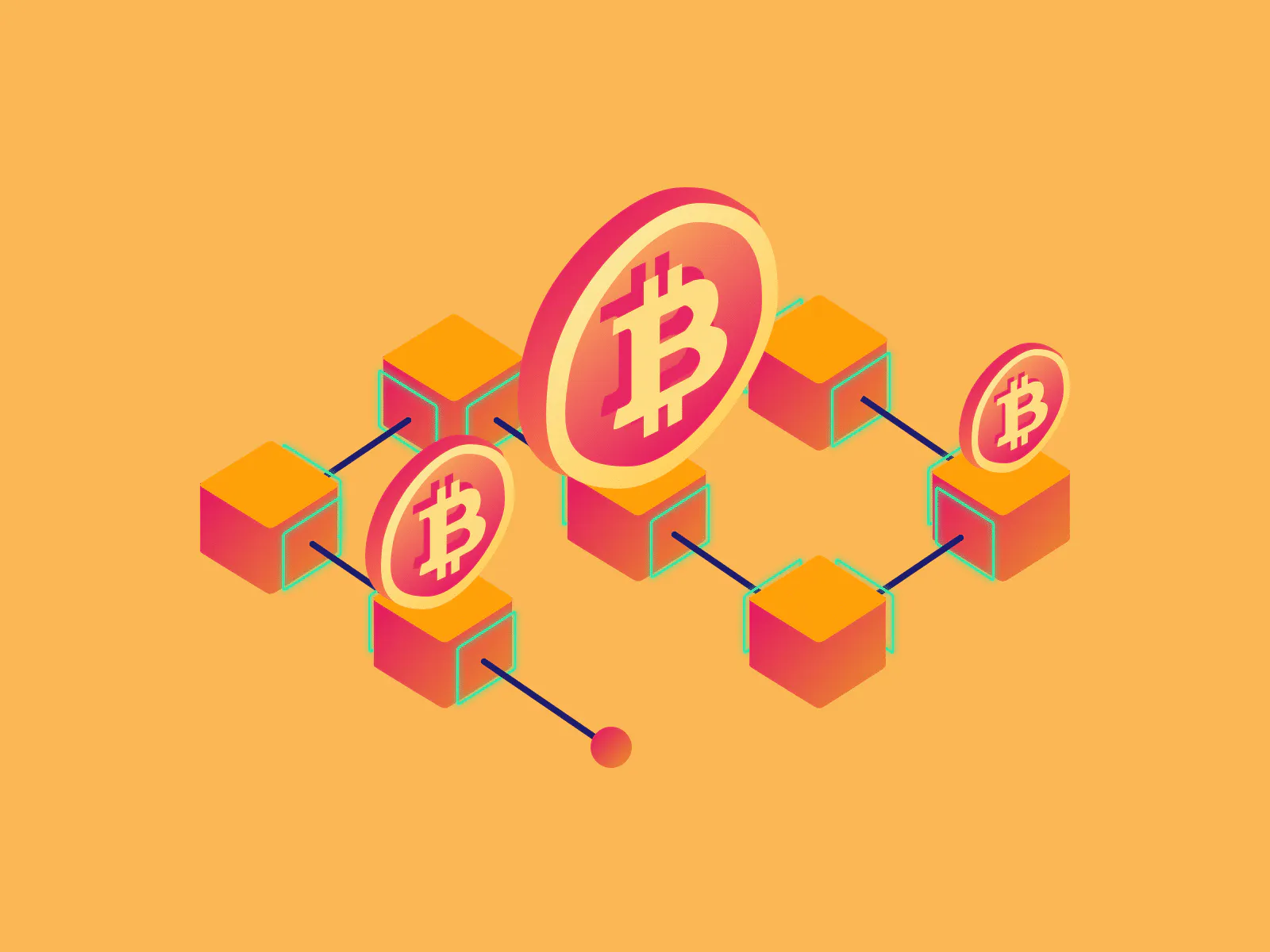
Bitcoin basics
Bitcoin is the first digital asset/cryptocurrency that utilizes blockchain technology to ensure all transactions are secure and immutable. When people say the word “Bitcoin”, there are two different things the word “Bitcoin” might refer to Bitcoin the digital asset , and Bitcoin the blockchain.
Properties of Bitcoin (BTC) as digital asset
As a digital asset on the blockchain, Bitcoin (BTC) is entirely digital without any physical form. BTC is global because it lives natively in the internet. You can send any amount of BTC to anyone in the world 24/7, just like sending email to someone. BTC is scarce, because there will only ever be 21,000,000 BTC in existence. Bitcoin is also divisible – you can send someone as small as 0.00000001 BTC.
Bitcoin Blockchain as decentralized ledger
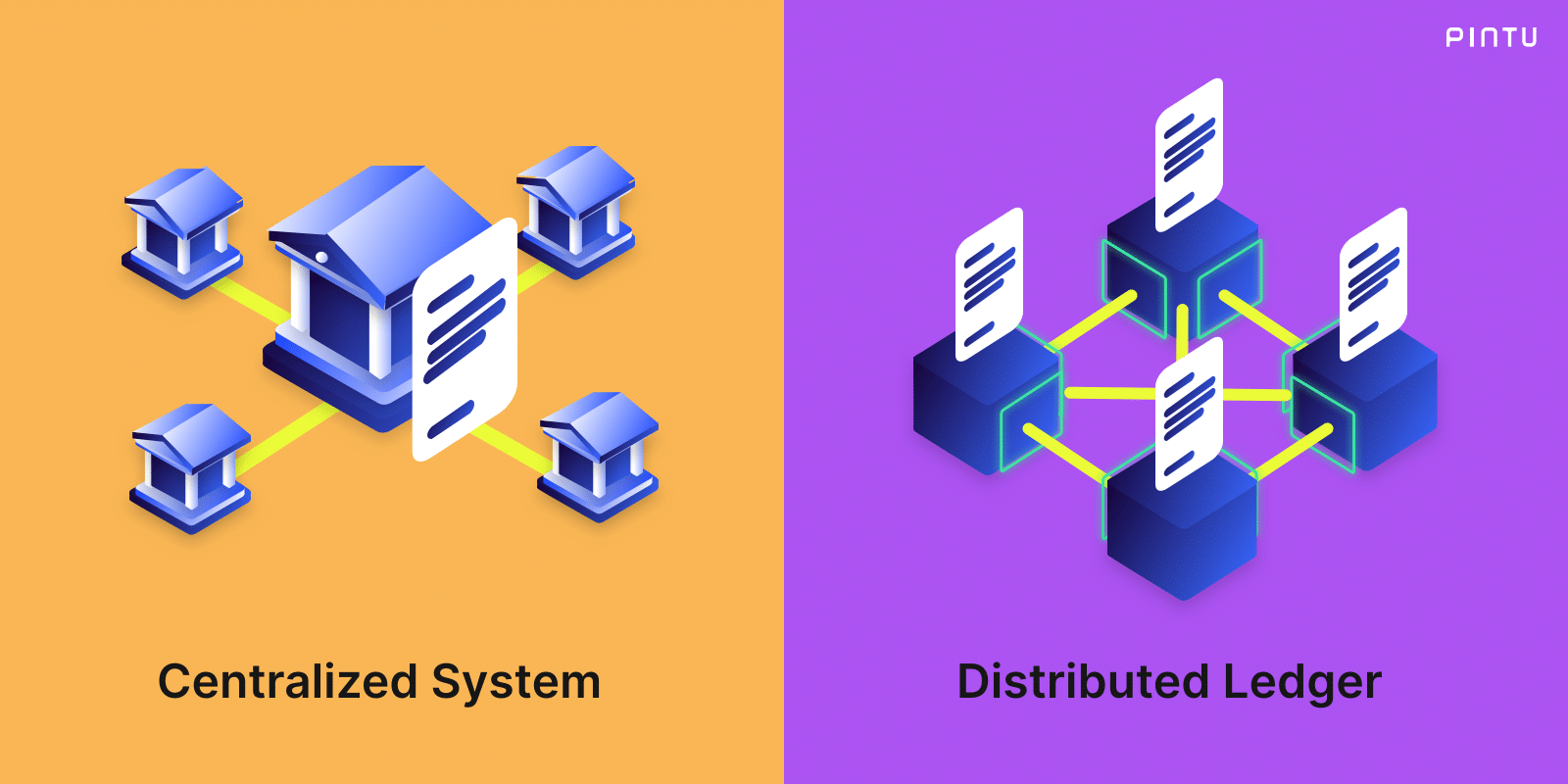
Before the invention of Bitcoin, you need trusted central entity (banks) to process monetary transactions digitally. This is because in the digital world, it’s easy to copy data, but hard to ensure something is spent / used up. When you send money to your friend electronically, your bank needs to deduct your account balance, and your friend’s bank needs to add the same amount to his/her balance. Both of you trust the banks to record the correct account balances for you.
However, with the invention of Bitcoin and its blockchain technology allowing you to send Bitcoin to anyone in the world without the need for banks. Instead of having a centralized 3rd party to process your transaction, all Bitcoin transactions are processed and secured by 10,000+ bitcoin servers/nodes running a bitcoin program that is distributed all around the world. Anyone can run a Bitcoin node/server since the code is open source, and each server records all transaction history and synchronizes the latest transaction data between every other nodes.

Bitcoin nodes / servers are distributed all around the world. Data from https://bitnodes.io/
The Bitcoin Blockchain is a decentralized ledger that replaces the need for a centralized book-keeper (banks). The bitcoin Blockchain records every single bitcoin transaction that has happened since the birth of Bitcoin (4 January 2009) until now. The ledger is decentralized because the transaction data/blocks are stored in 10,000+ bitcoin nodes (servers) all around the world. Each Bitcoin nodes act independently of each other, and unlike banks, there is no central server that stores data. In fact, all Bitcoin nodes store the same Bitcoin transaction history from 4 January 2009 until now. All nodes are also equal and permission-less – there is no central server, and anybody with an internet connection and 400GB+ storage capacity can run a Bitcoin node by simply downloading the open-source installer from https://bitcoin.org/en/download.
Bitcoin miners validate transactions and receive new Bitcoin as reward.
Bitcoin nodes that participates in validating transactions are called miners. Bitcoin mining is the process of verifying validity of bitcoin transactions and solving a very hard computational puzzle, called ‘proof-of-work’. Miners basically verifies unprocessed transactions in the bitcoin blockchain, transforms it into a “block” of transaction, and spends electricity to solve the computational puzzle. The miner who manages to form a valid block of transaction complete with the solution to the puzzle will receive bitcoin as reward. This process repeats for roughly every 10 minutes, and that’s why Bitcoin transaction typically takes 10 minutes to settle.
Bitcoin supply is scarce and capped at 21 million BTC
The total supply of Bitcoin is capped at 21,000,000 BTC by the bitcoin protocol As of October 2020, 18,500,000 BTC has been mined, leaving us with about 2,500,000 BTC left. Miners currently receive 6.25 BTC for every block mined, which means there is 6.25 new BTC that enters circulation every 10 minutes. However, every 4 years, the bitcoin code/protocol will reduce this mining reward by half (called ‘halving’). In 2024, miners will only receive 3.125 BTC per block, and in 2028, miners will only receive 1.56 BTC per block (and so on). Based on the calculation, the last Bitcoin will be mined in the year 2140 – and it is getting scarcer every 4 years.
Bitcoin transactions are secure and immutable
All Bitcoin nodes constantly communicate with each other to form majority consensus (51%+ agreement) to agree on the latest transaction history of the Bitcoin blockchain.
The entire Bitcoin transaction history from its inception are stored and secured by cryptography into blocks of transactions that are chained to each other (hence the technology is called “blockchain”). You can see the latest state of Bitcoin blockchain from websites such as https://www.blockchain.com/btc/blocks?page=1 as shown below.
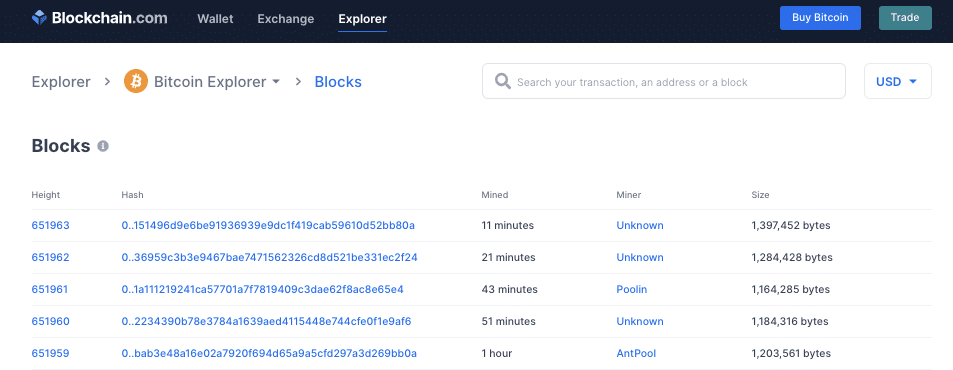
Screenshot from Blockchain.com taken on 9 October 2020, 9PM WIB.
As you can see from the screenshot above, the “Height” is the bitcoin blockchain number. Through the use of cryptography, Block #651963 is chained to #651962, which is chained to #651961, and so on.
Thanks to the blockchain structure, if a malicious miner (let’s call them X) tries to alter any transaction data on an old block (let’s say Block #650100), that malicious miner needs to recalculate the computational puzzle from that old block (#650100) to the latest block (#651963). This is very energy and time-intensive. Not only that, due to the chain structure of blockchain, altering any data on old block (#650100) will change the “hash” (a cryptographic summary) of ALL subsequent blocks (#650100 to #651963).
What this means is that even if miner X manages to recalculate every computational puzzle, other miners can simply inspect the “hash” of any block between #650100 to #651963 and notice that Miner X has altered old transaction data. As a result, other miners will simply not trust X’s version of bitcoin transaction history, because X is caught manipulating old transaction data.
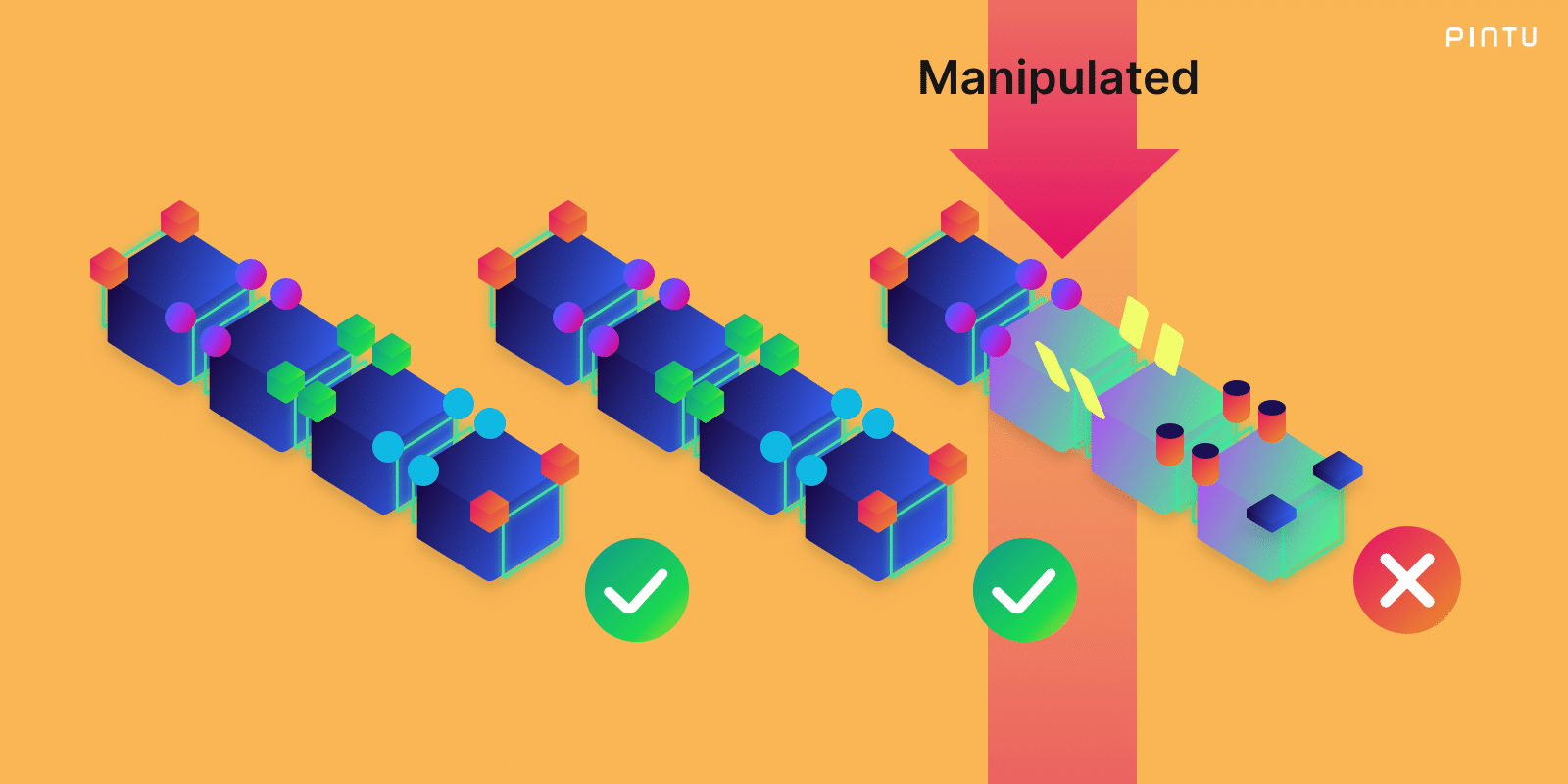
Simply put, to manipulate or alter old transaction history of Bitcoin blockchain, you need to basically control 51% of all bitcoin nodes at the same time, and recalculate the answer to every computational puzzle that is altered after. This is practically impossible to do. That is why Bitcoin is very secure, and all transactions are immutable – nobody can ever alter or “cancel” any bitcoin transaction.
Share
Related Article
See Assets in This Article
BTC Price (24 Hours)
Market Capitalization
-
Global Volume (24 Hours)
-
Circulating Supply
-

